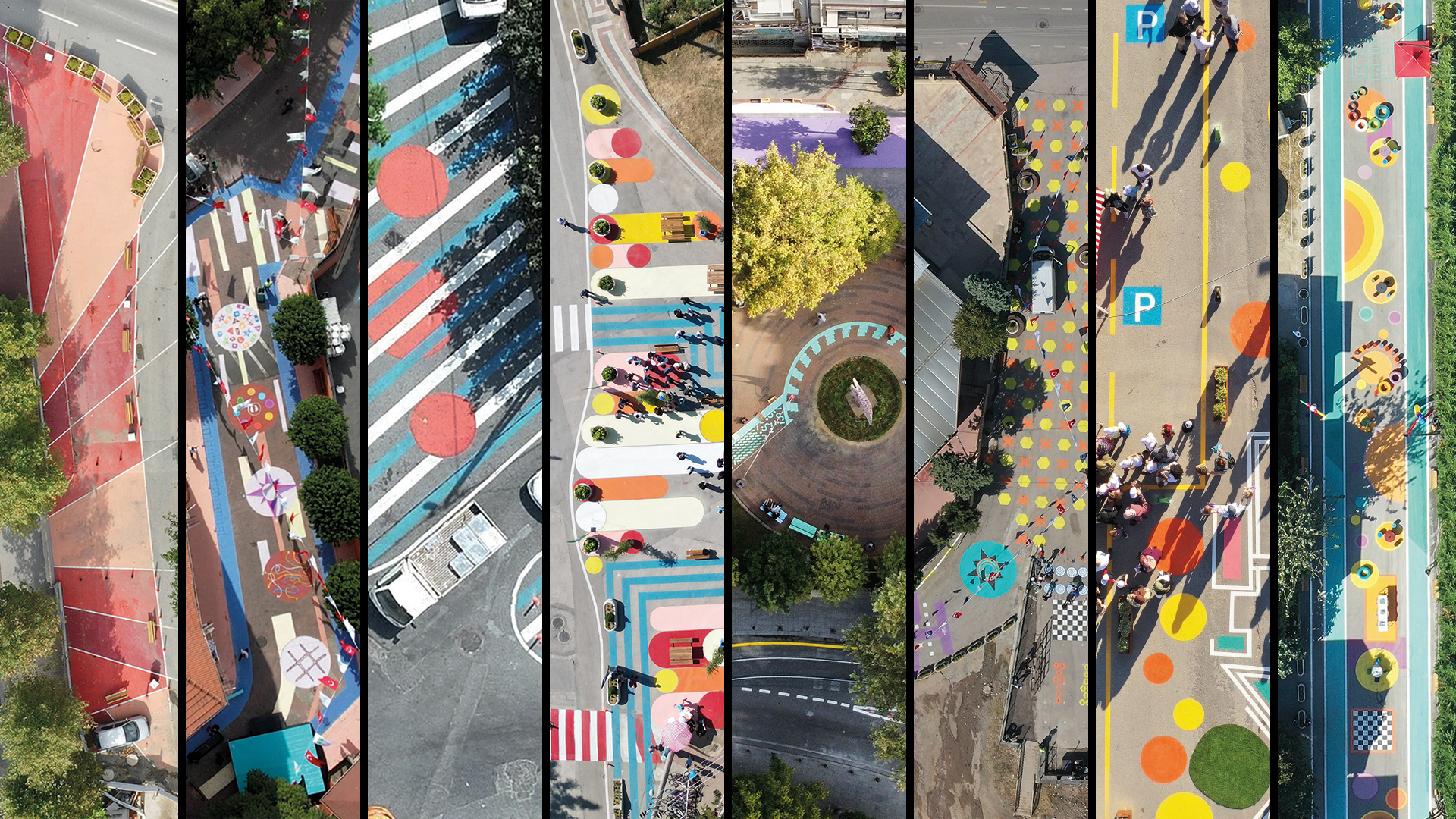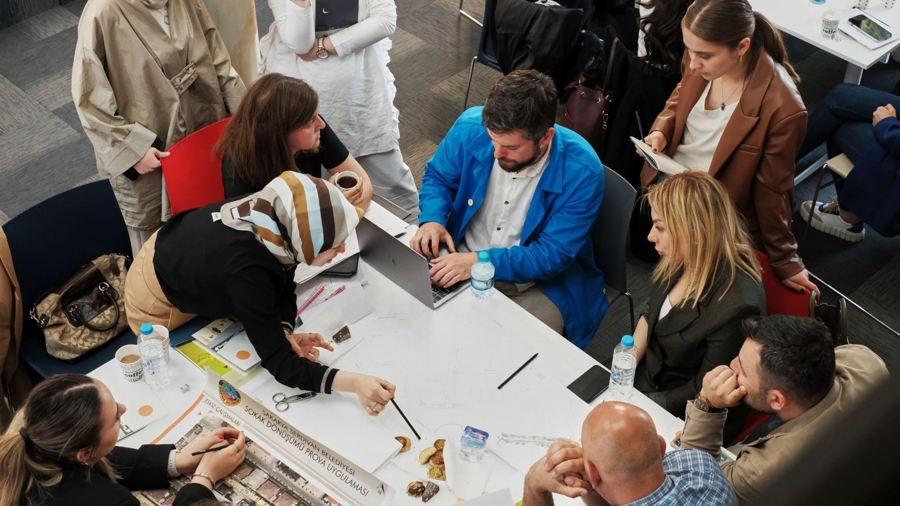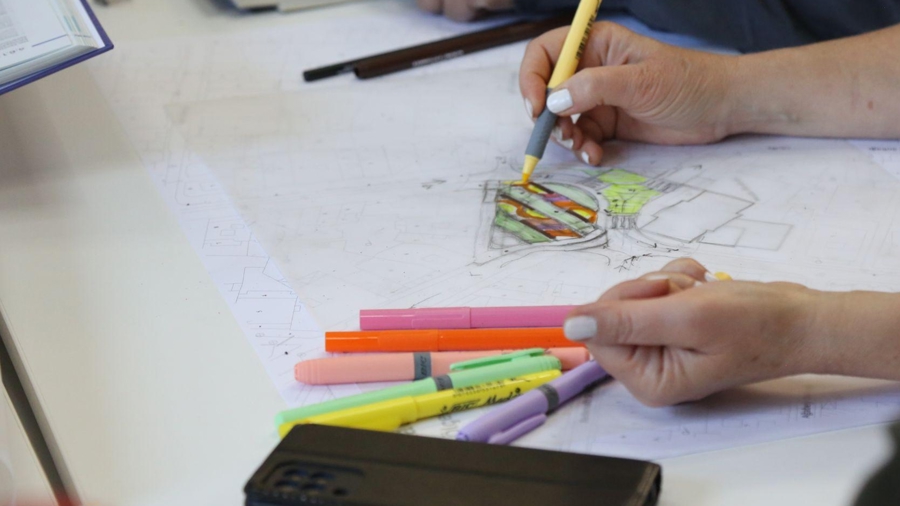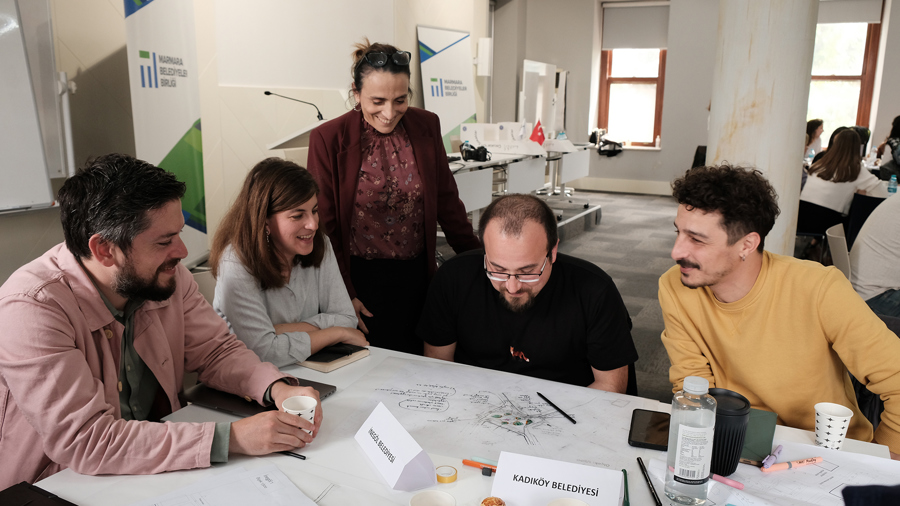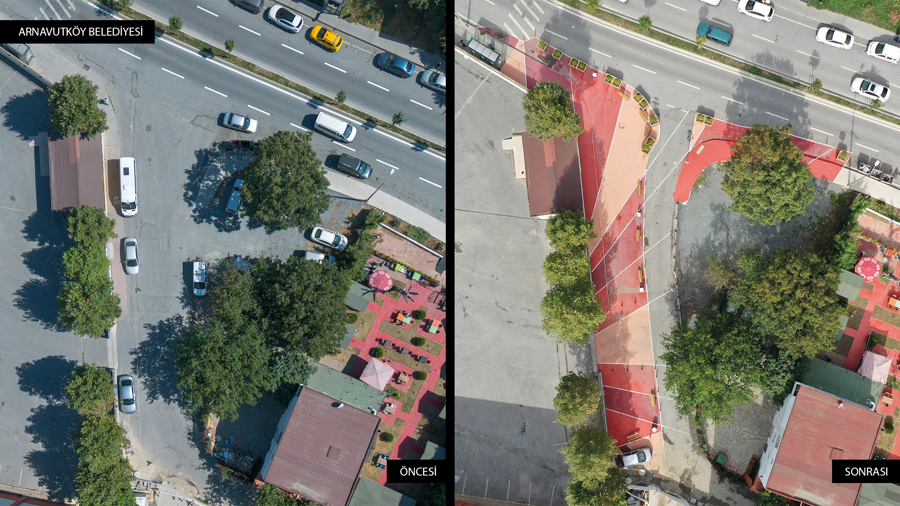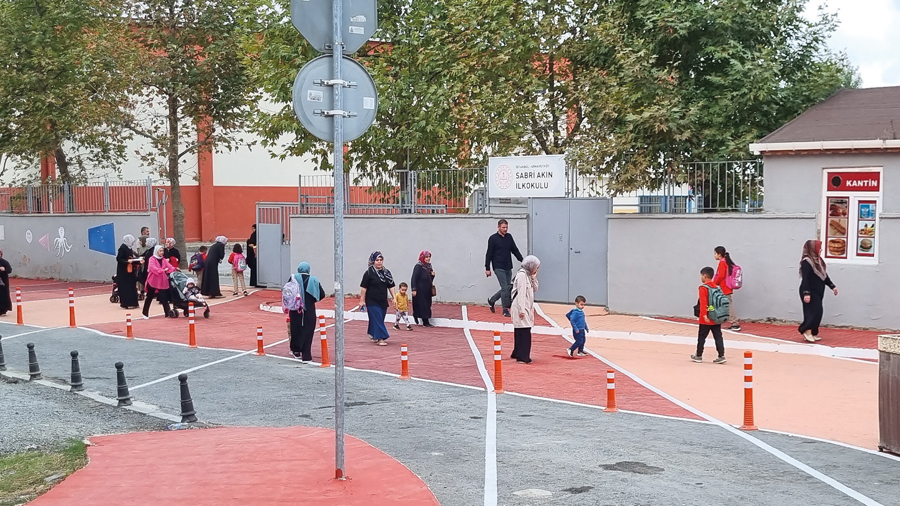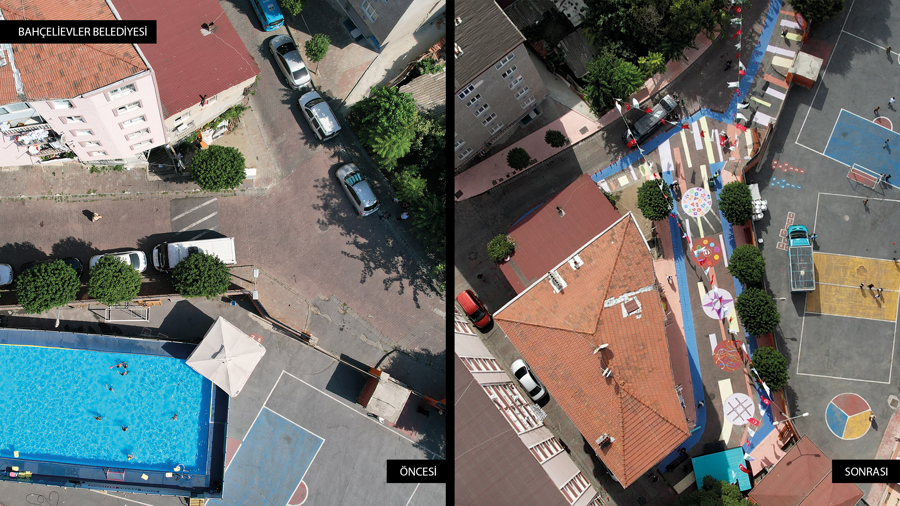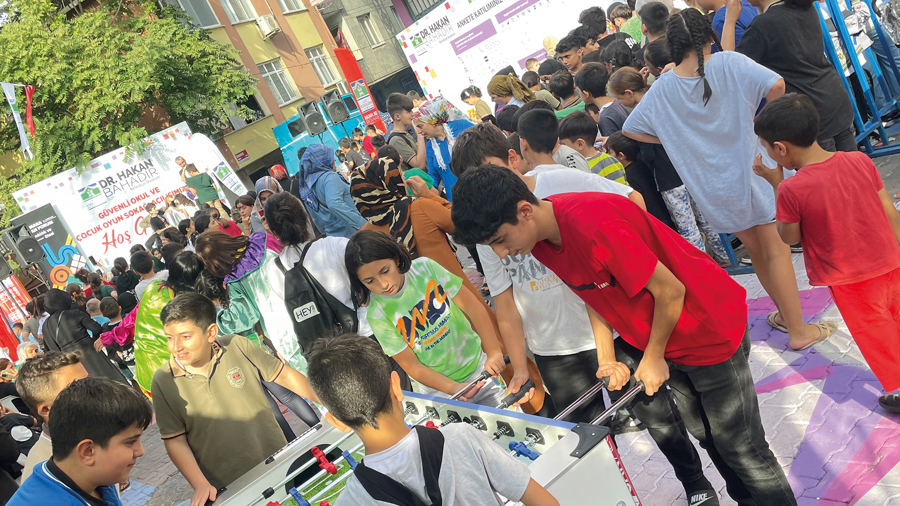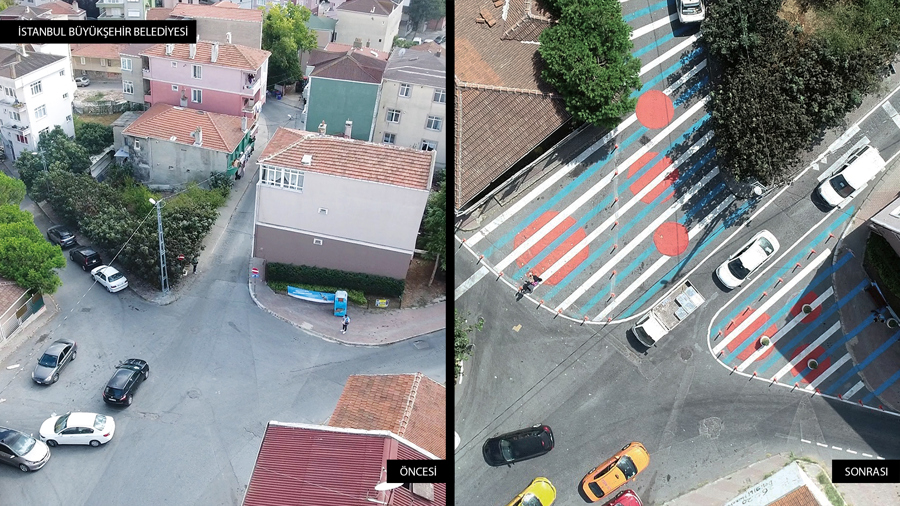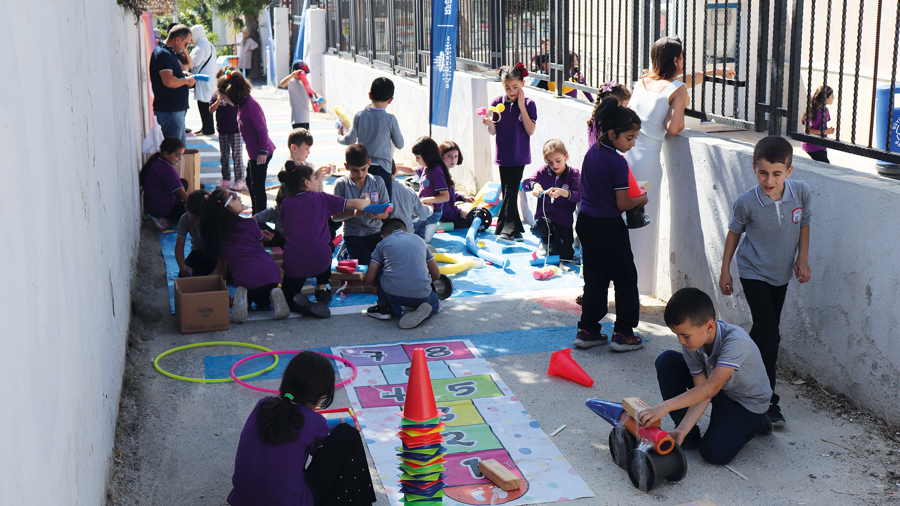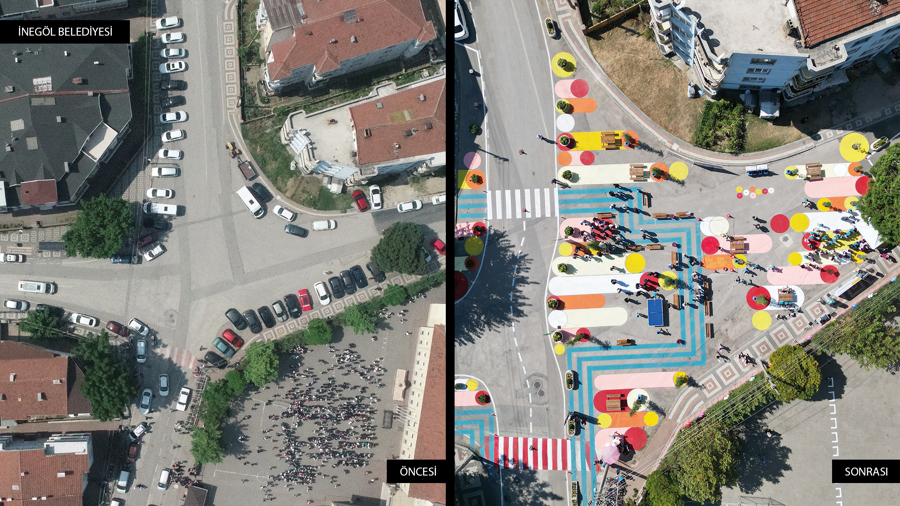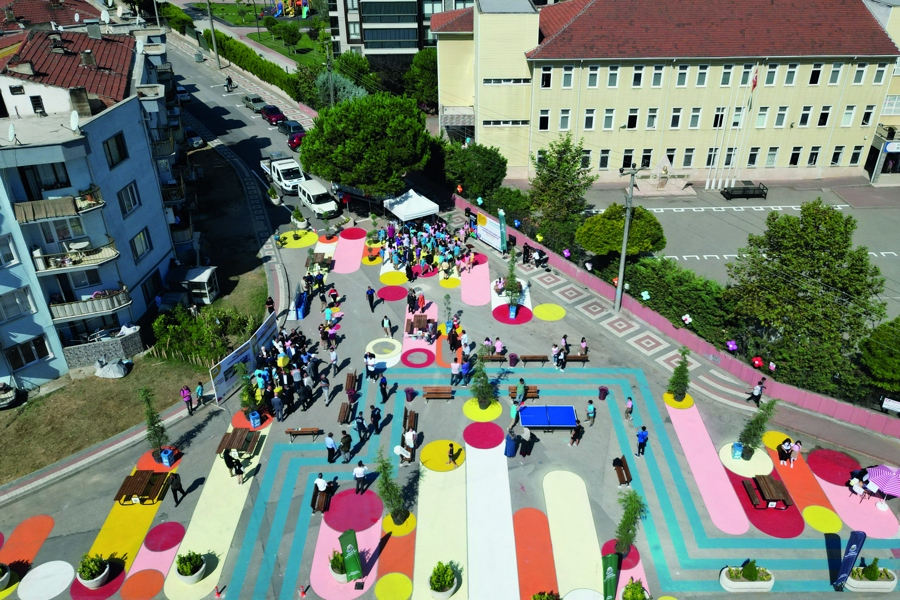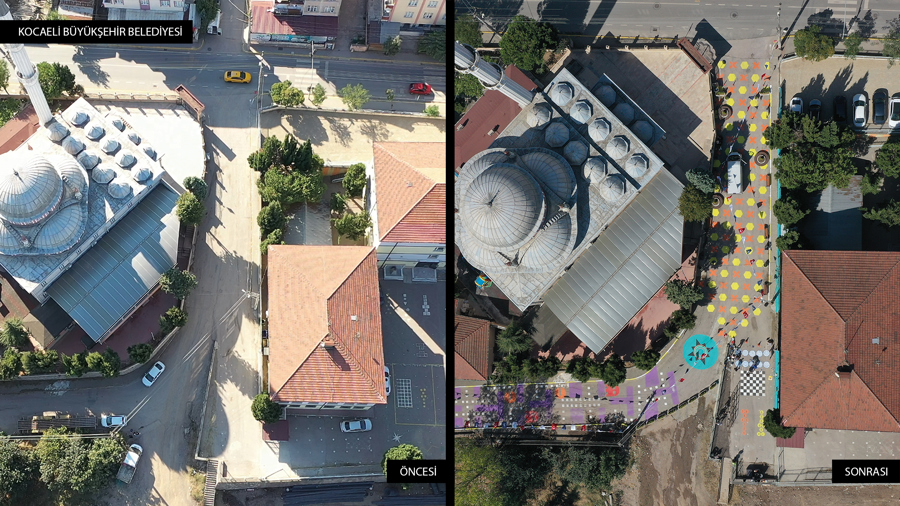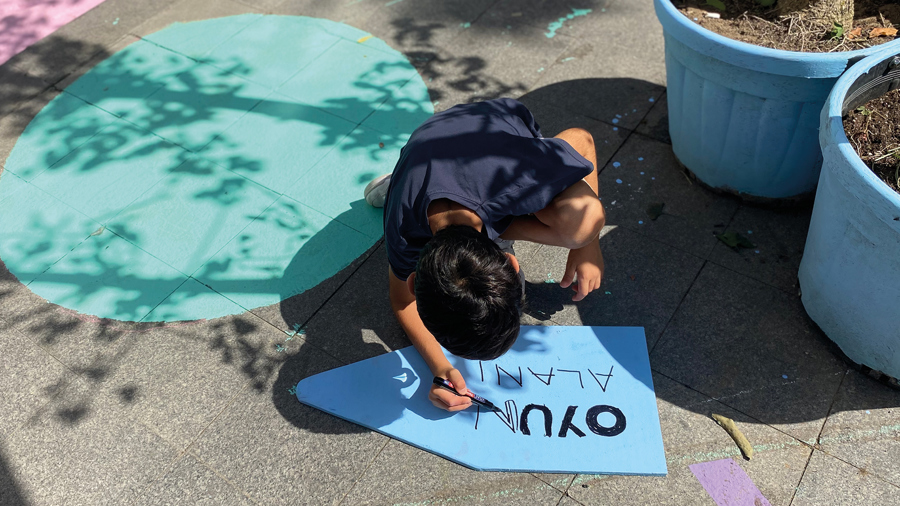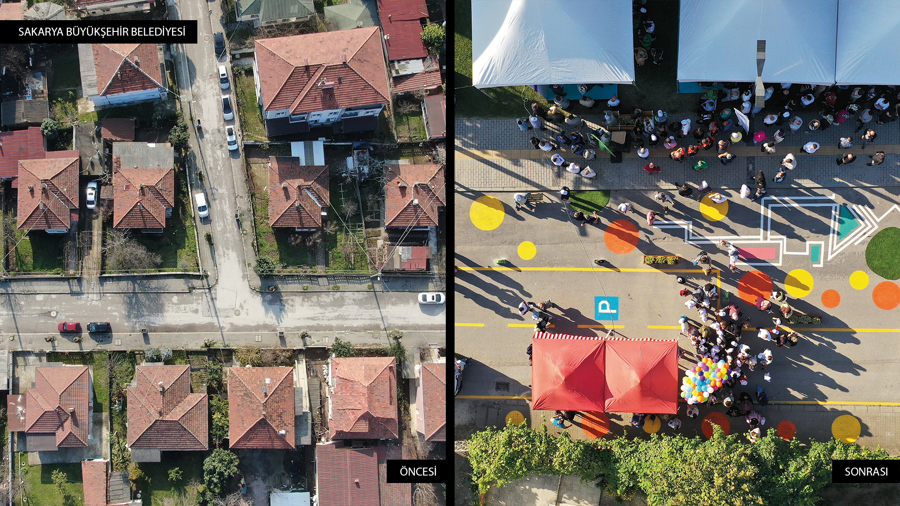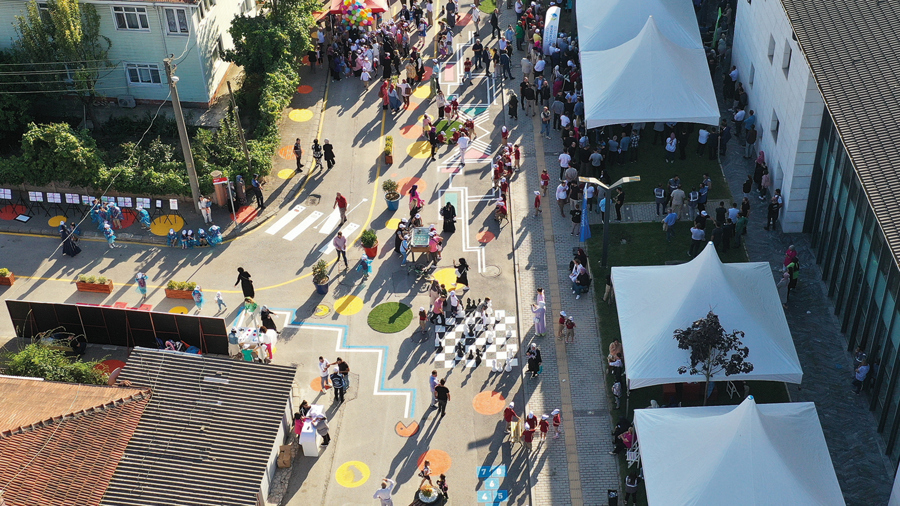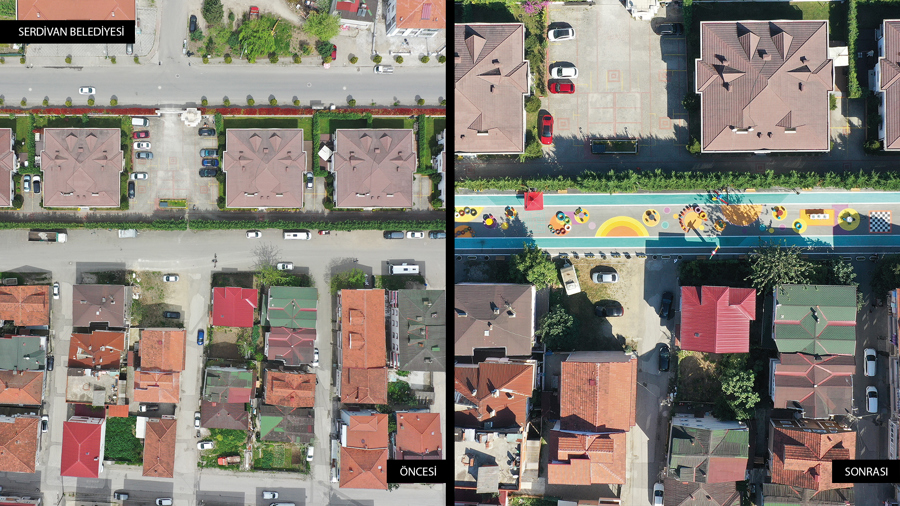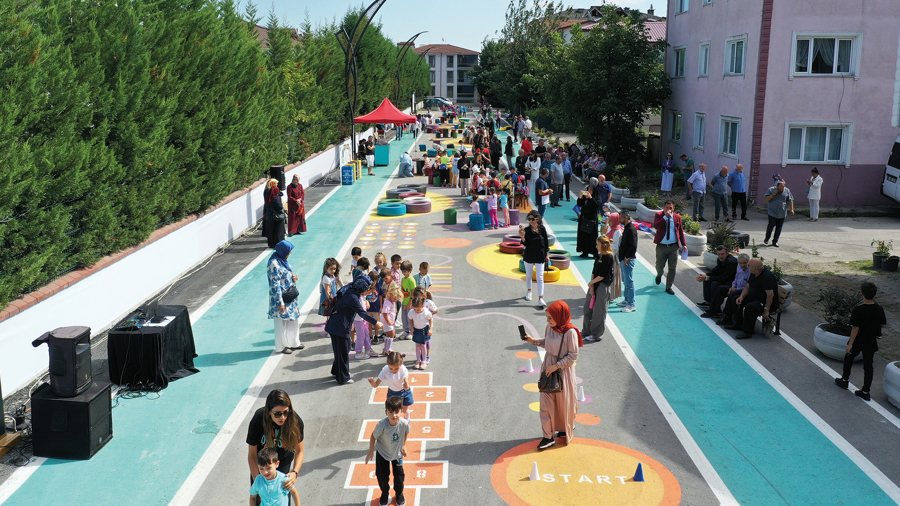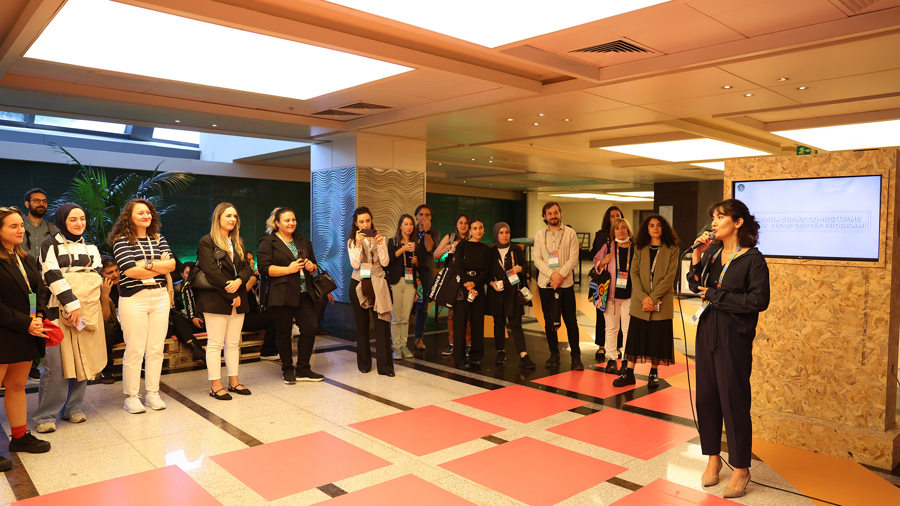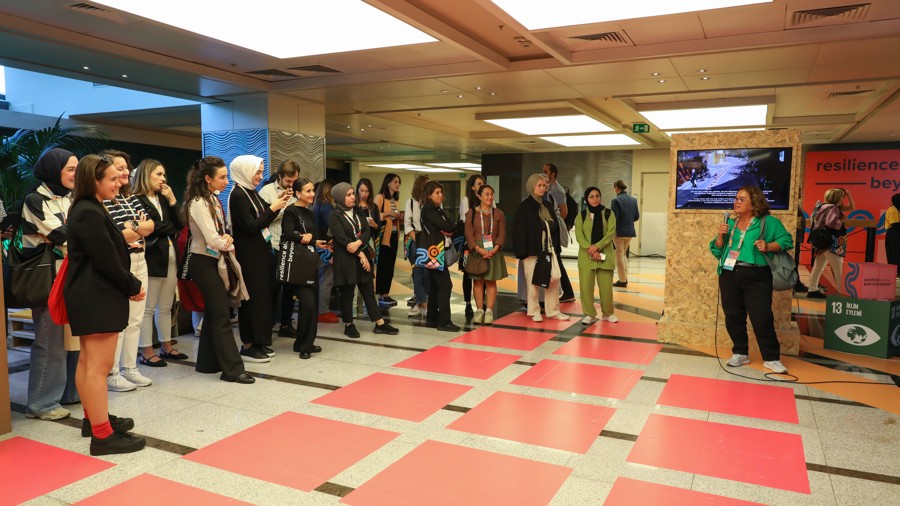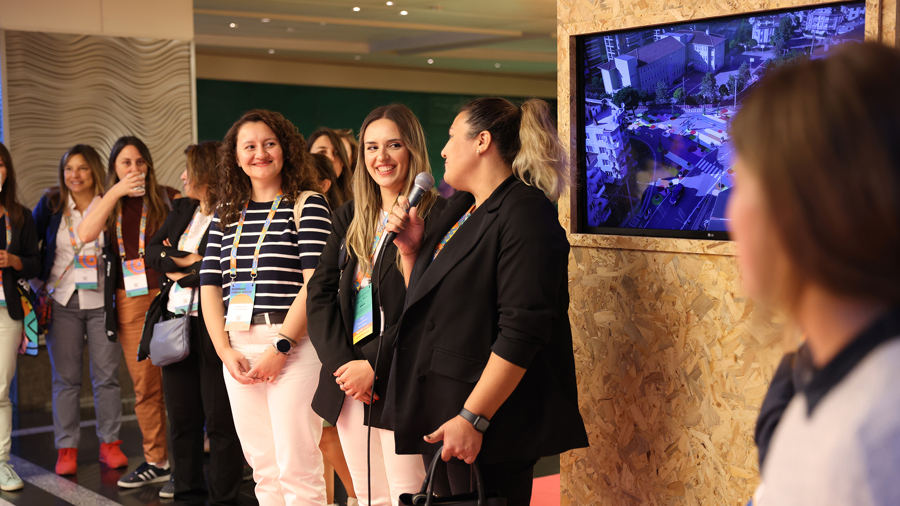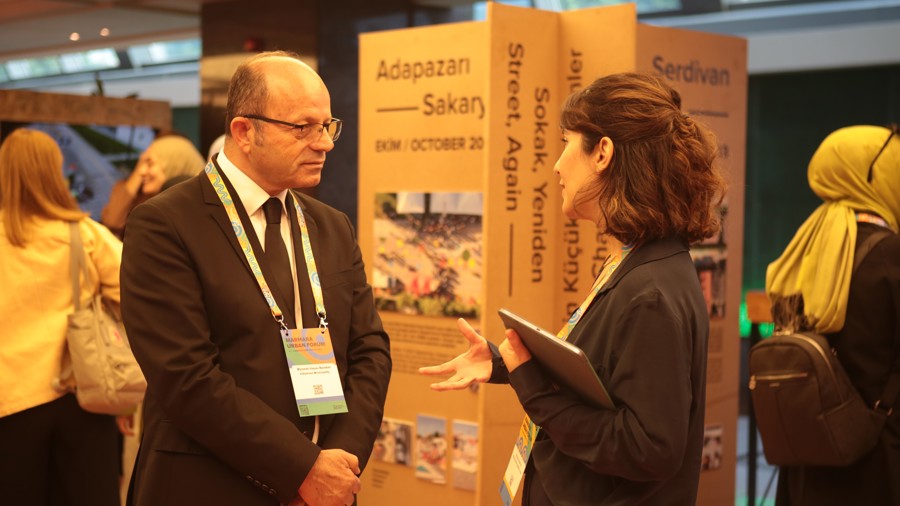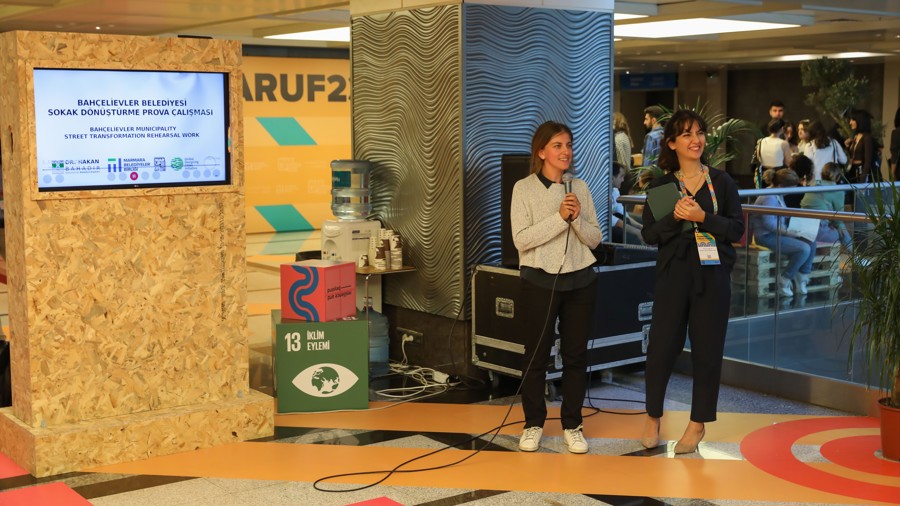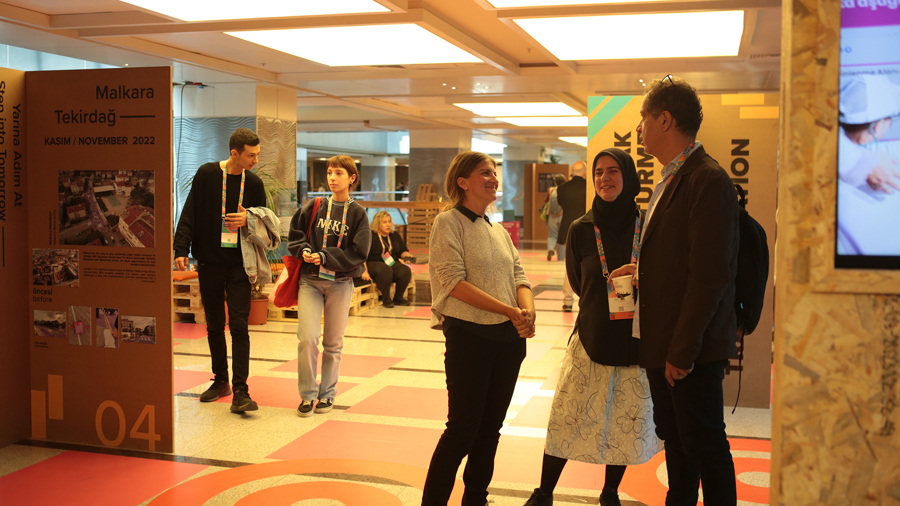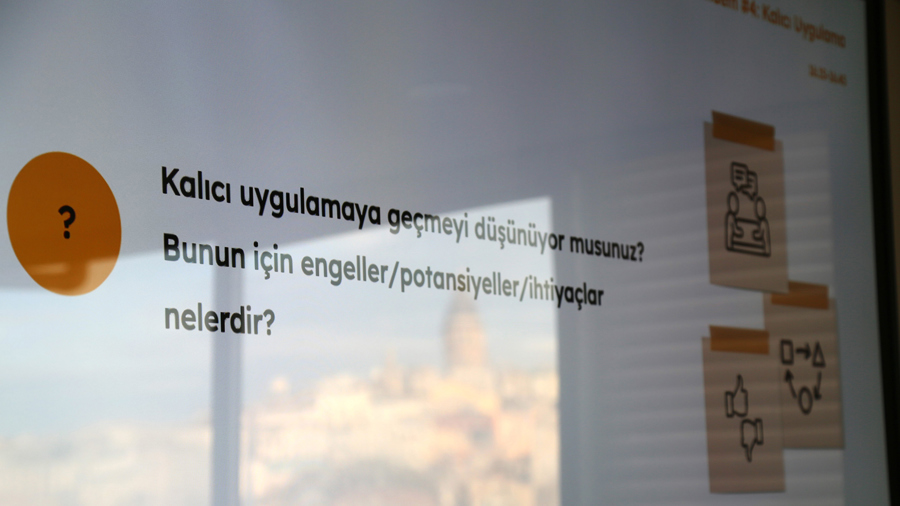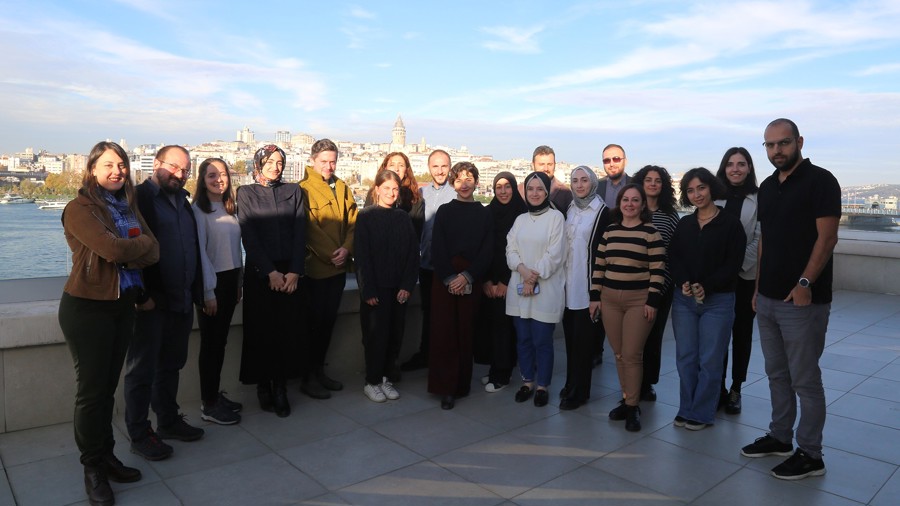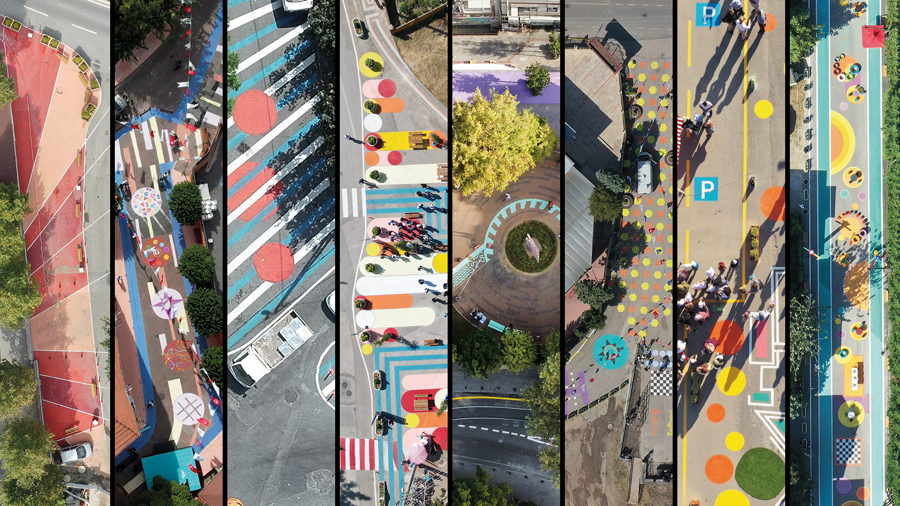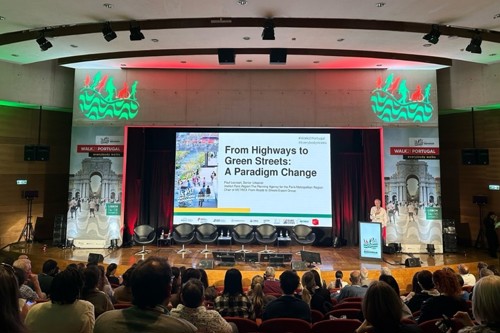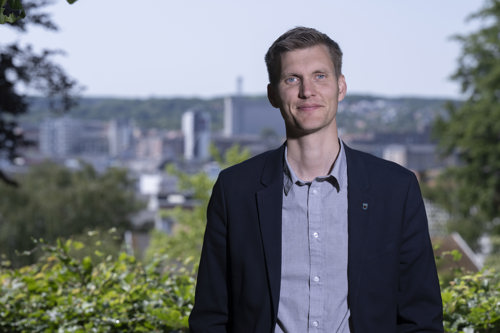Streets Transforming for Children
Streets designed with a focus on the needs of children and their caregivers are vital to improving the welfare of urban residents. By prioritizing children's needs and urban experiences, these streets can serve as safe and inclusive public spaces that promote social encounters. These streets form the largest and most uninterrupted network of public spaces in cities, allowing for access to urban resources. The 'Street Transformation Interim Implementation Support Program,' designed to support municipalities in the Marmara Region in transforming their streets into safe and inclusive public spaces that provide access to urban resources rather than hindering them, was successfully completed for the second time this year in September.

Data-Driven Transformed Streets
In partnership with the Global Designing Cities Initiative (GDCI) and Superpool, the Marmara Municipalities Union (MMU) has launched a program to increase the number of streets designed with children's safety, visibility, interaction, play, and learning needs in mind. The program also includes a comprehensive series of learning programs and workshops that cover the various requirements and details of designing streets for children at different scales.
Under the program, eight member municipalities of MMU, including the Metropolitan Municipalities of Istanbul, Kocaeli, and Sakarya, as well as the district municipalities of Arnavutköy, Bahçelievler, Kadıköy, İnegöl, and Serdivan, have been selected.
Each municipal team conducted numerous analyses and data studies for their selected implementation area. They used a data-driven decision-making approach to develop design proposals suitable for the dynamics of each area. Throughout the design process, periodic meetings were held with each project team, and preparations for the implementation week were completed during the summer. During the MARUF on the Go events held before the Marmara Urban Forum in September, each municipality initiated their interim implementation processes using temporary, flexible, and easily applicable materials, along with methods that enable active participation from the residents in the region.

School Streets for Children, Not for Vehicles
During the interim implementation period, where tactical design strategies aimed at altering the functions of streets gained ground through participatory methods, each municipality implemented its unique plan:
- Arnavutköy Municipality slowed down vehicle traffic and widened sidewalks to transform the school exit area into a safe waiting and social interaction space for children. This arrangement created a safe school street at the exit area, allowing waiting, spending time, and socializing thanks to its wide sidewalks and slowed vehicle traffic.
- Istanbul and Kocaeli metropolitan municipalities implemented their plans in pilot areas identified as school streets in their mobility plans.
- Istanbul Metropolitan Municipality implemented modifications around the school area by narrowing lanes to ensure safe pedestrian and child movement within the implementation area.
- Kocaeli Metropolitan Municipality created safe school streets by closing streets around the school to traffic and designing play areas where children can spend more time.
- Sakarya Metropolitan Municipality altered traffic flow to one-way, reduced lane widths, and installed resting and play areas in the gained public space.
- Bahçelievler Municipality enriched the acquired public space, serving a middle school, by closing a part of the street to vehicular traffic and expanding the sidewalk, creating areas for playing, learning, and social interaction.
- İnegöl Municipality closed the street passing in front of the school to vehicular traffic while considering and promoting bicycle transportation during the design process. They also created resting and playing areas and bicycle parks in the reclaimed area.

Safe Play Streets and Squares in Marmara
- Kadıköy Municipality has taken a significant step towards creating safer streets and squares in the Caferağa Neighborhood by closing down one of the busiest streets to vehicular traffic. To further enhance the area's safety, they have implemented traffic calming measures on the surrounding roads and established designated pedestrian crossings. This initiative will go a long way in making the area more pedestrian-friendly and creating a safer environment for the residents.
- Similarly, Serdivan Municipality has stepped towards creating a safer environment for children. They have closed down a street previously used as a parking area for vehicles to traffic, following design approaches prioritizing children's right to play. The reclaimed street has been transformed into a relaxation area for neighborhood residents, equipped with play areas that support children's physical, mental, social, and emotional development. This initiative is a testament to the municipality's commitment to creating safe and engaging public spaces for children and promoting sustainable transportation practices.

Inspiring Implementations at MARUF23
The interim implementations were showcased at an exhibition held during the Marmara Urban Forum (MARUF23), organized by the MMU, from October 4 to 7 in Istanbul. The exhibition featured the transformations of school streets and squares by the graduates of the initial program from Gebze and Malkara municipalities and two trial applications by Maltepe Municipality, feeding into both programs' learning and mentorship aspects.
The exhibition displayed successful practices from Istanbul, Kocaeli, and Sakarya metropolitan municipalities, along with Arnavutköy, Bahçelievler, Kadıköy, Maltepe, Gebze, İnegöl, Malkara, and Serdivan municipalities. It highlighted how streets can be transformed into livable public spaces that prioritize the safety of children, caregivers, and, consequently, all pedestrians through simple materials. The launching event was attended by project teams from municipalities and teams from MMU, Superpool, and GDCI, who shared their experiences regarding the process. The exhibition showcased various visual materials, inspiring to turn streets abandoned to motor vehicle dominance into safe and comfortable public spaces catering to the needs of children in the city through low-budget and easily applicable design strategies.
Following the Interim Implementations
After a long and multi-layered process, the project teams who made the interim implementations possible with significant effort and dedication gathered at the MMU on November 14, 2023, to evaluate the entire process and share their experiences and reflections. Throughout the reflection meeting, the MMU, Superpool, and GDCI teams, who provided support and coordination to the municipalities, came together with the project teams, and each municipality's experiences gained during the trial applications were discussed in detail. Roadmaps for future applications were created by leveraging past experiences, and steps were outlined to transform all interim implementations into child and climate-friendly permanent implementations.


